So, you want to start carrying concealed?
Maybe you’ve had a scary personal experience, or you’re just sick of all the current madness. Either way, you’ve made a significant decision to protect yourself and your family.
But, at first, it can feel overwhelming. There’s so much information to research as well as skills to learn.
And don’t forget all the gear you’ll need to buy, right? Well, kind of. It’s a lot, but it’s manageable with guidance.
Let’s look at the steps you can take to go from not carrying at all to carrying daily.
Table of Contents
Loading…
What Is Concealed Carry?
Let’s start at the very beginning and define it. Concealed carry is the act of carrying a handgun on one’s person or in close proximity (such as a purse).
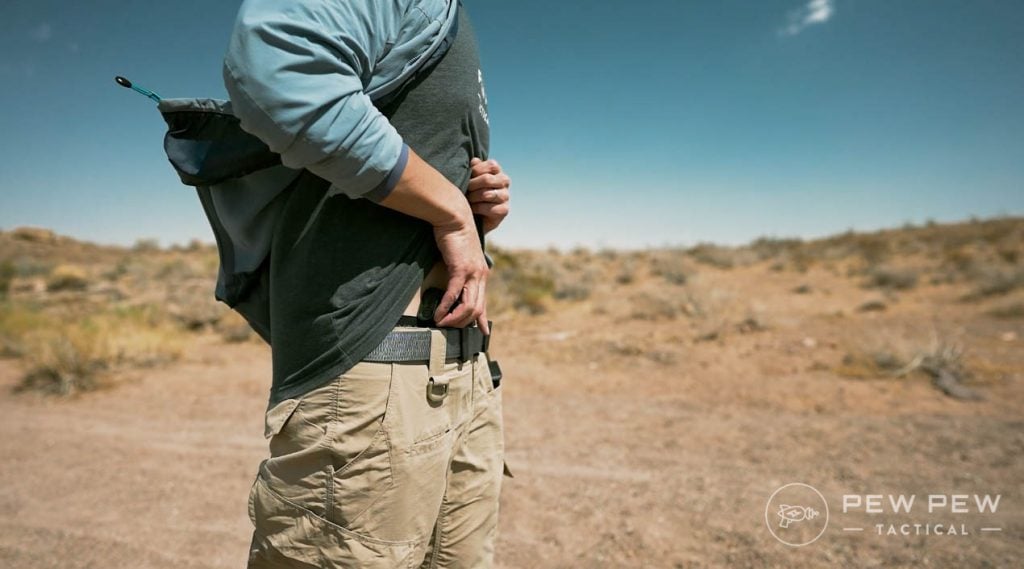
To do this legally, you must comply with all local CCW (carrying a concealed weapon) laws and ordinances, which may include obtaining a permit or license.
CCW Permits and Legal Jargon
To get started, you will need to review the CCW laws in your local jurisdiction and see if a permit or license is required.
If so, you’ll need to go through the application process. In some states, it’s as simple as filling out an application, paying a fee, and waiting for a background check. In other states, you’ll need to take a class first.
When it comes to issuing permits, there are three types of jurisdictions:
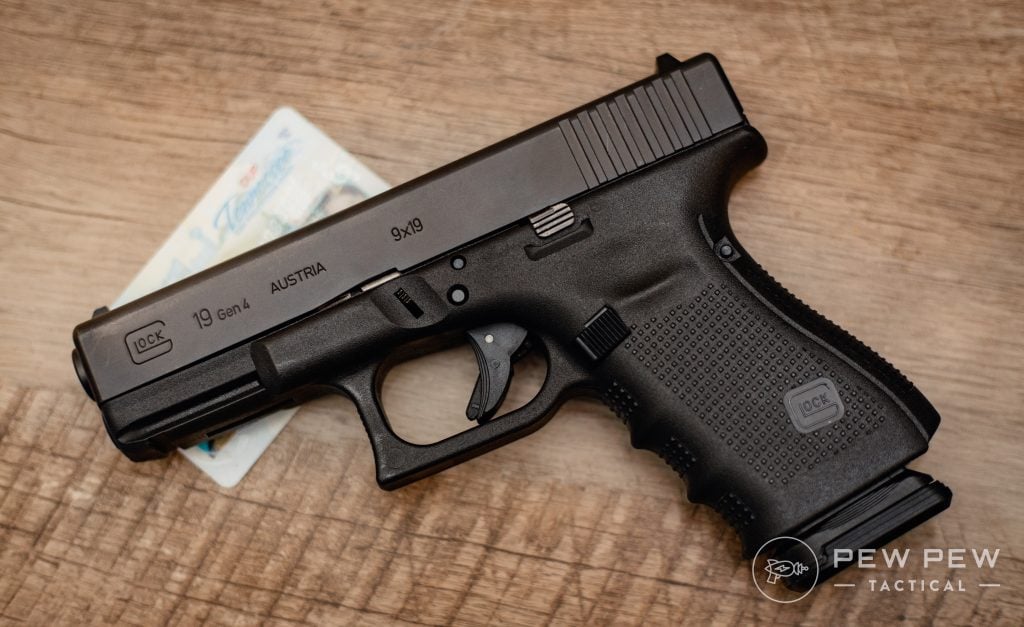
Shall-Issue: As long as you meet the criteria set, the jurisdiction shall issue you a permit without any other requirements.
May Issue: If you meet the criteria set and demonstrate “good cause” to carry concealed, the jurisdiction may issue you a permit at their discretion. Typically, self-defense is not accepted as good cause, and applications can be arbitrarily denied without reason.
No-Issue: Only one jurisdiction in the U.S. is no-issue, meaning they don’t grant permits to private citizens, which is the District of Columbia.

Waiting for a permit in many May-Issue states can take several months, so I would start the process before you’re ready to carry. While you’re waiting, you can tackle the rest of the steps we will cover.
Constitutional vs. Permitless Carry
Suppose you’re lucky enough to live in a state that doesn’t require a permit, hooray! The process is much easier but doesn’t necessarily mean no rules.
Constitutional carry means no state permit is required because the state’s law doesn’t prohibit citizens who can legally possess a firearm from carrying. These states may have conditions on permissions like open versus concealed carry, so always check first.
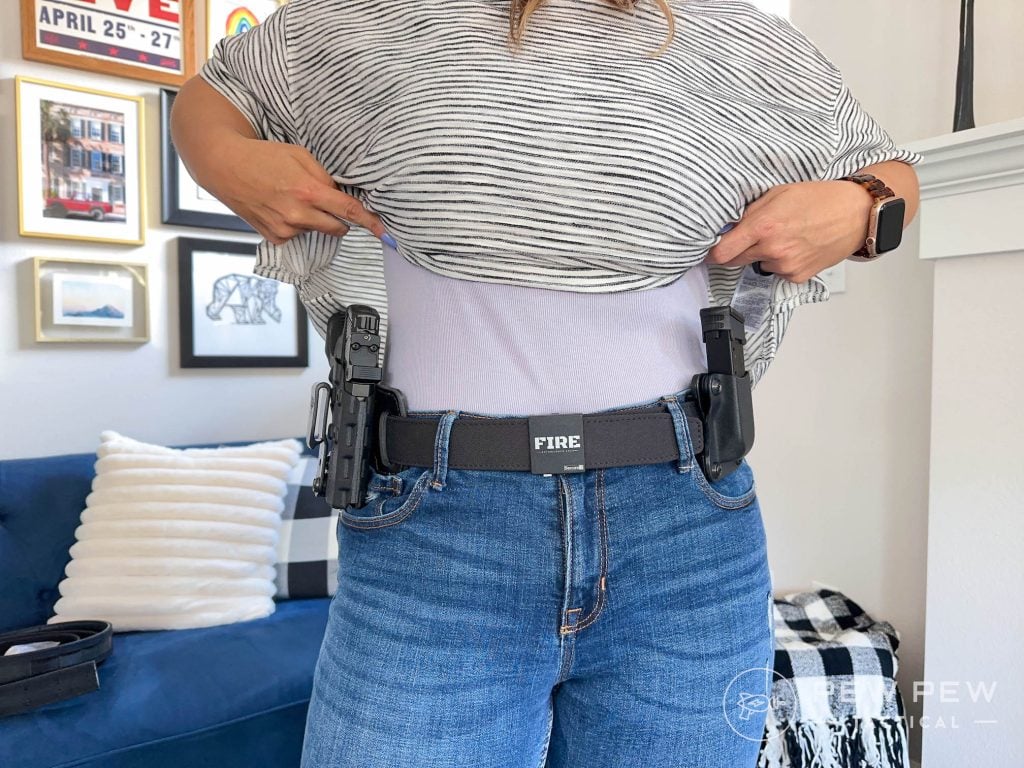
Permitless carry means a permit is not required as long as you meet specific qualifications determined by the state. These states also typically have conditional permissions to carry legally without a permit.
You may want to obtain a permit even in states that don’t require them to have reciprocity in other states. I’m a “better safe than sorry” type regarding concealed carry, so I’d go through the process either way.
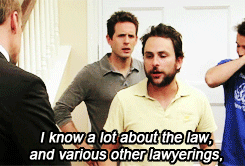
While learning, look into local laws regarding what happens if you have to use your firearm in a defensive situation is a great idea.
Self-defense laws vary widely throughout the country, and you may be surprised at what you learn. It’s better to know before the situation occurs.
Training & Mindset
Some jurisdictions require a CCW class to obtain a permit. That’s a good starting point, but these classes are typically very basic and hands-off.
If you’re new to guns, take a few classes before carrying. (Not sure where to begin? We have some suggestions on how to choose your first class. )
And if you’ve handled firearms for years, you should still get training.
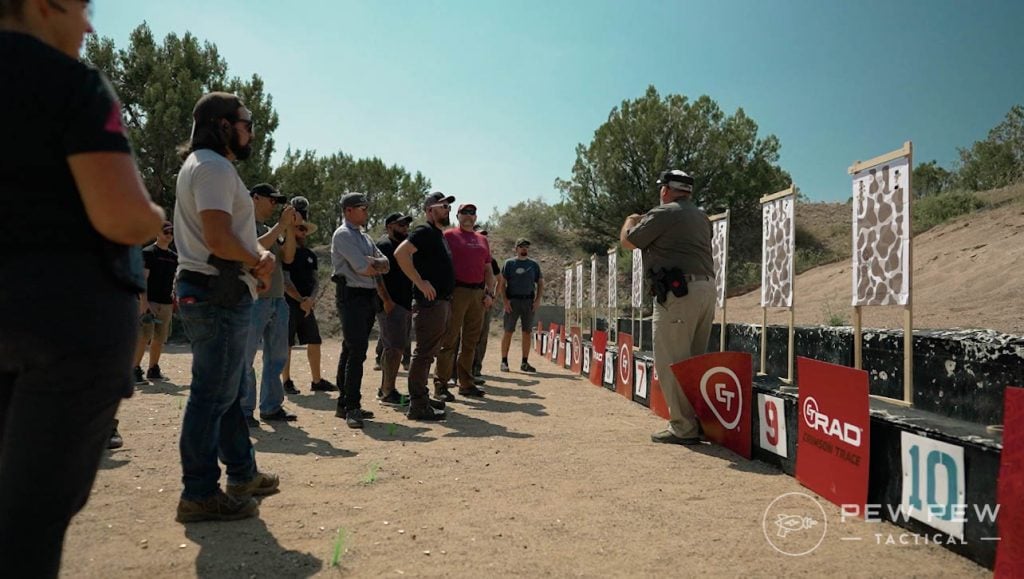
If you intend to carry a firearm from here on out, you can never stop training and learning. Shooting is a perishable skill, and it takes practice to keep it sharp.
You also need to work on clearing your garment and drawing your firearm. And, of course, keep your mindset in check. (More on that in a minute.)
Dry fire is your friend when it comes to practicing. It’s free, and you can do it in the comfort of your home, so there are no excuses about getting to the range.
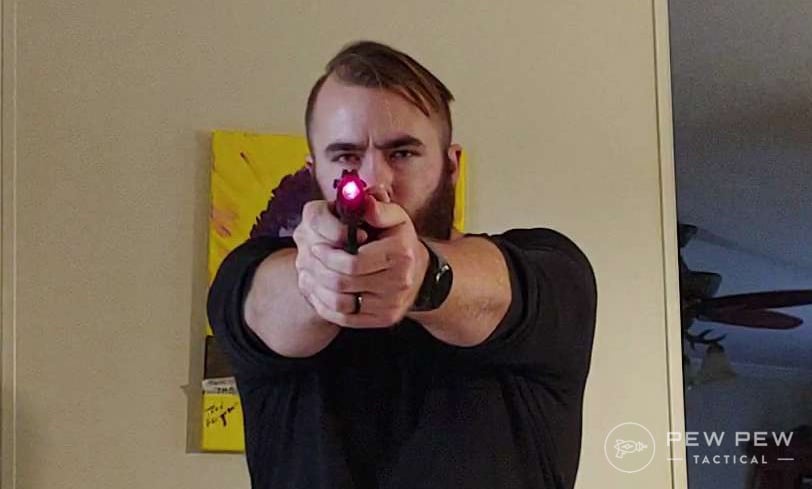
And if you dry fire regularly, your live fire sessions will be much more valuable. You don’t need anything to dry fire besides a cleared gun, an empty magazine (triple check!), and a safe direction to point.
As a beginner, you might enjoy a laser training system to help confirm where you’re hitting and track your progress.
CCW Mindset
We don’t talk about mindset enough, and it’s a crucial aspect of self-defense. Concealed carriers need to exercise sound judgment and be aware at all times.
Assessing a situation and determining if it’s life-threatening is not always innate. Plus, stress makes our bodies work against us both mentally and physically.
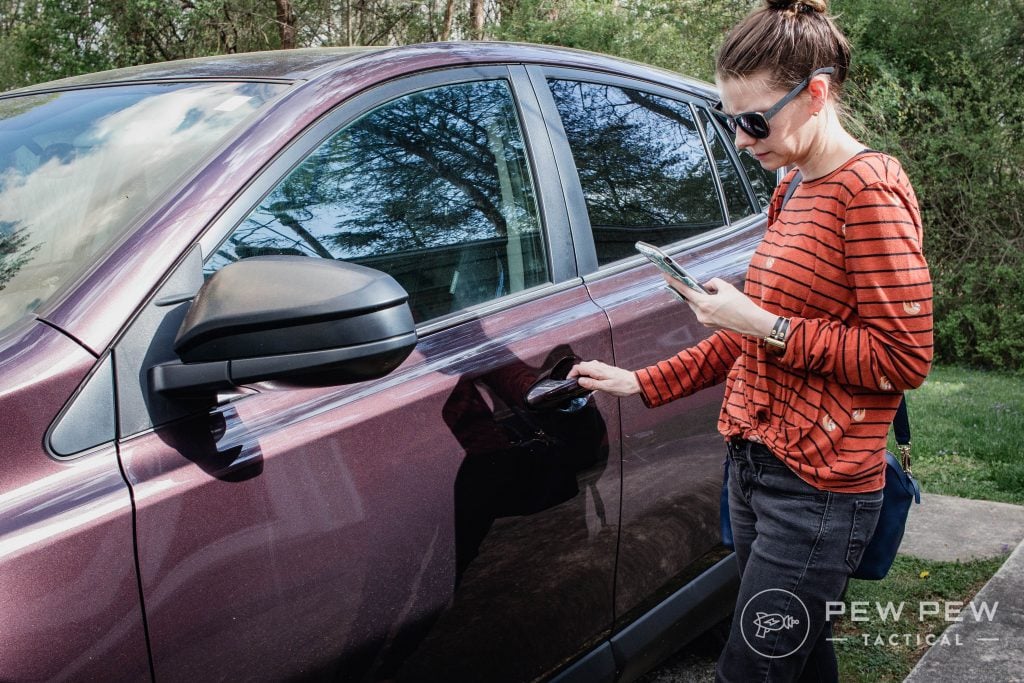
The good news is that you can train your mind just like your body. One thing you can do starting today is stay off your phone in public places and be aware of your surroundings.
When you start doing that, your mindset will slowly change. Take in-person or online classes, read books, watch videos, and learn as much as possible.
Picking the Best Concealed Carry Gun, Holster & Ammo
Picking a concealed carry pistol is a highly individualized choice. The right one for you is the gun you can handle easily, shoot accurately, and conceal well.
Experienced shooters just know what feels good to them, but as a beginner, you don’t quite know what to look for yet.
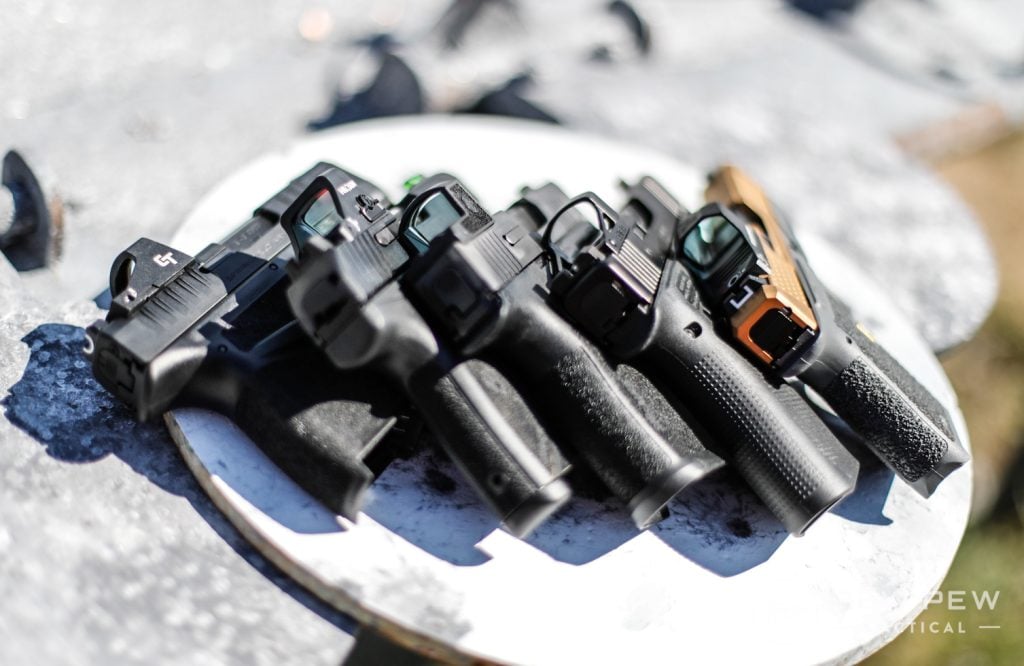
The best way to find your carry pistol is to shoot several options. If you take a class with a good instructor, they will bring a variety for you to try. You can also head to your local shooting range and rent many guns for a small fee.
Guns are expensive, so don’t take this decision lightly. Don’t rely on what others like and buy without shooting first.
You wouldn’t purchase a vehicle without a test drive; the same goes for firearms. A few hours and a couple of extra bucks at the range will go a long way.
If you need some starting points, check out our guide to the Best Beginner Handguns!
Holsters and Other Gear
The way you intend to carry is another highly individualized decision.
There’s no shortage of holsters, belts, bellybands, bags, and other contraptions on the market. Some are great, and some belong in the trash, so this purchase deserves some research.
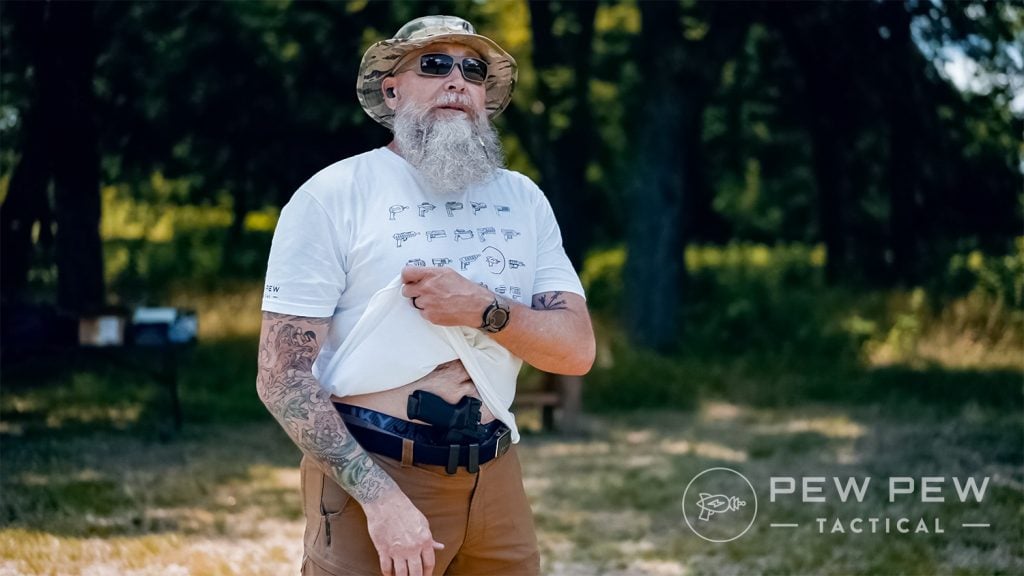
If you’re having difficulty concealing, you probably won’t carry, and we want to avoid that. In my experience, it’s the easiest way to get used to on-body carry with an IWB (inside the waistband) holster and a sturdy gun belt.
Once you get the hang of this, you can move on to other methods to accommodate the different types of outfits you wear.
Again, we won’t leave you hanging…check out some of our top recommendations for best holsters!
Self Defense Ammo
For concealed carry, you need self-defense ammunition. It’s different than what you’ll use at the range for practice.
Look for a reputable company like Speer, Hornady, or Federal and spend the money to get the good stuff. You don’t want to end up in a life-or-death situation with bad ammo that won’t perform as expected.
Take some to the range to shoot, and make sure it functions with your firearm.
9mm Ammo in Stock
Carrying in Public
When you’re ready to start carrying, you can jump head first or ease into it if you’re nervous.
Begin by wearing your empty holster around the house for a few minutes.
Next, put your pistol in there with an empty magazine and wear that at home for a few days.
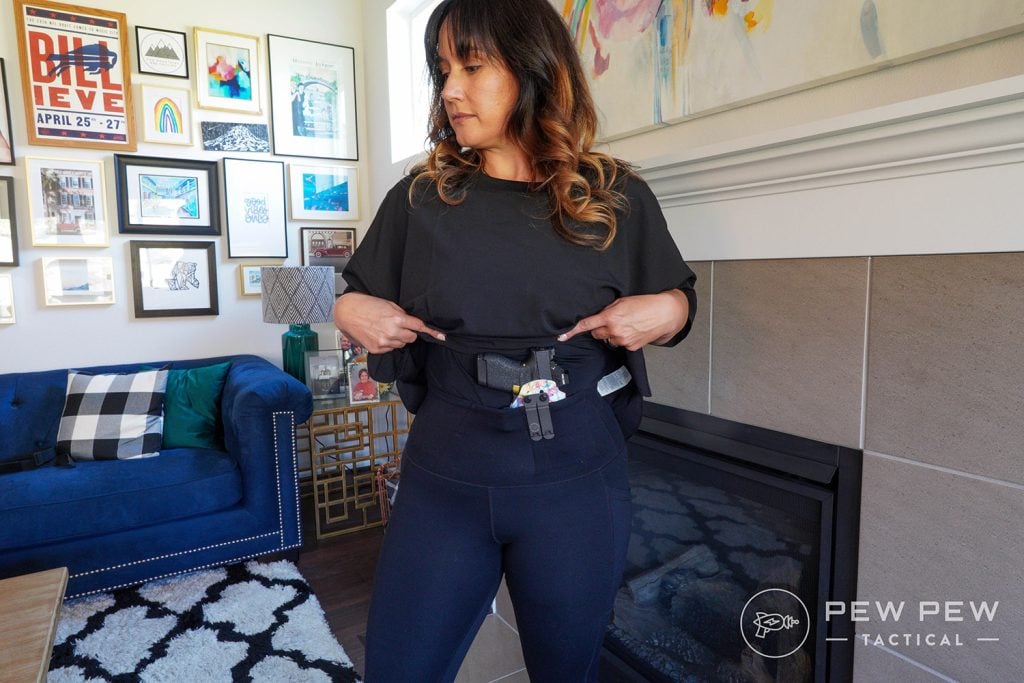
When you feel comfortable, it’s time to load your magazine and carry in public.
It will initially feel awkward, and you’ll think everyone is looking at you. As you continue to practice, the nerves go away.
Final Thoughts
Starting your concealed carry journey can feel overwhelming, but it doesn’t have to be. Don’t let fear of the unknown stop you from taking this critical step in protecting yourself and your family.
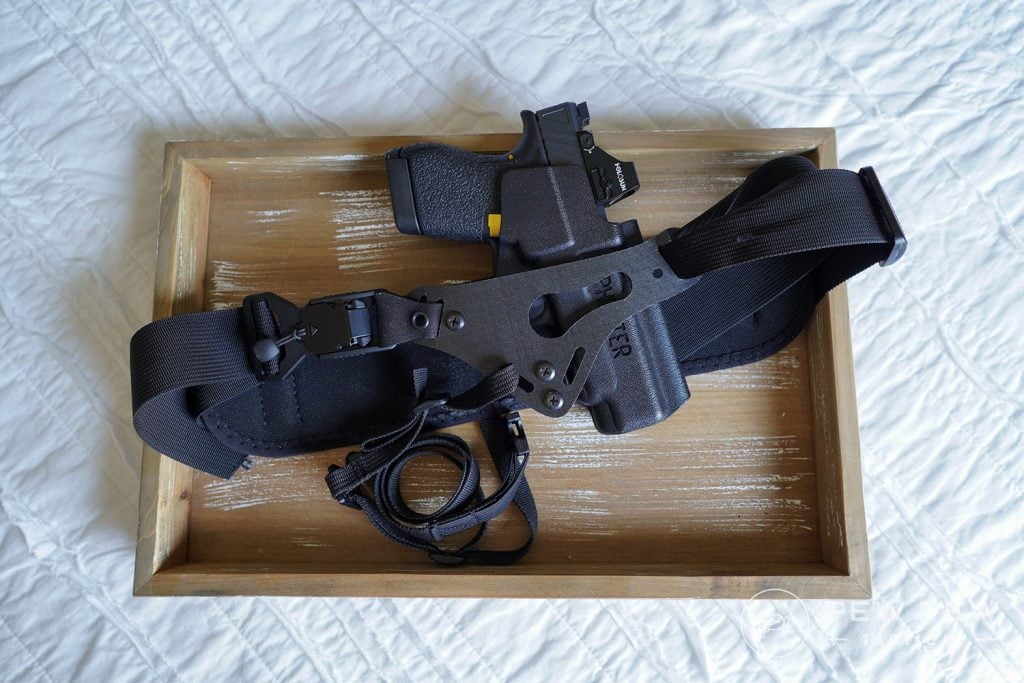
Use the above breakdown as a checklist and work through each task. Before you know it, you’ll be carrying daily.
What are your tips for beginners? Let us know in the comments below. For more on concealed carry, head over to our definitive guide on everything CCW.

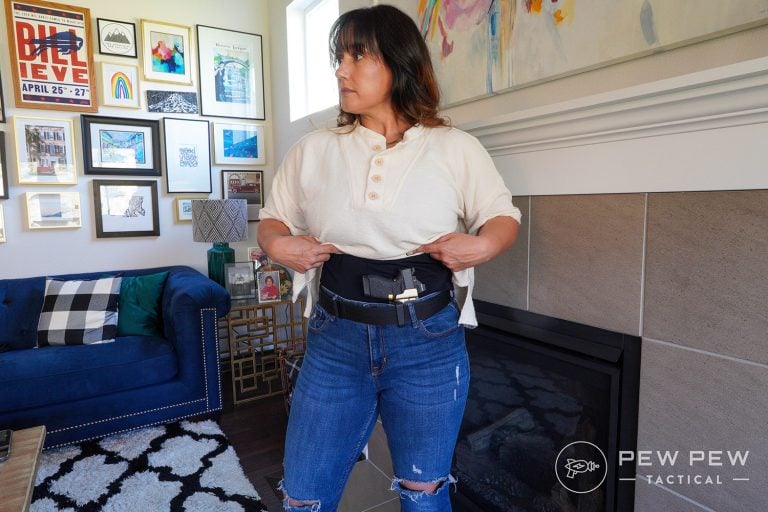
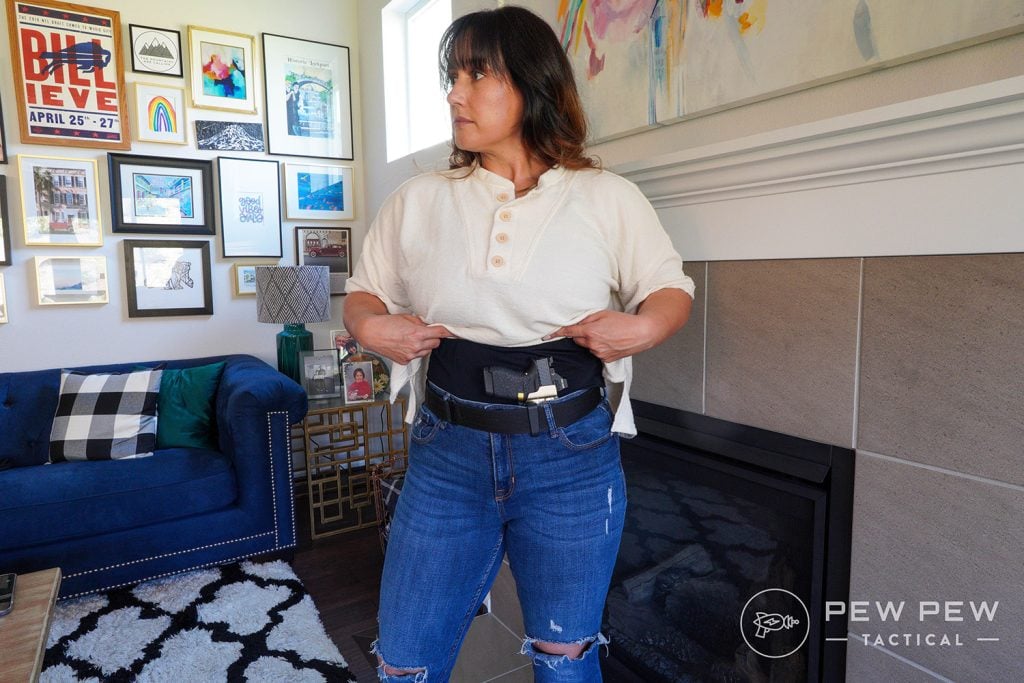







Leave a Reply